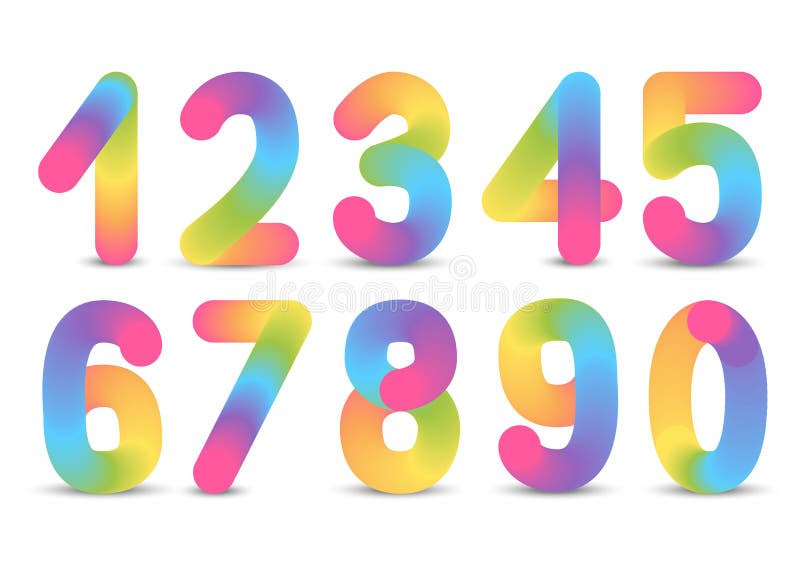


The idea that there are seven colours in the rainbow still lasts to this day. He coined the idea that there are seven colours in a spectrum: red, orange, yellow, green, blue, indigo and violet (ROYGBIV). He also noted that the sequence of the colours of a rainbow never changed, always running in the same order. His discovery, together with the work of others before him, finally explained how rainbows form. Finally, Isaac Newton proved that white light is made up of a spectrum of colours by splitting light with a prism. Throughout the ages, thinkers, philosophers and naturalists examined the phenomenon of the rainbow effect, noting its appearance not just in the sky but in other circumstances too.īut in every case, two elements were essential for that characteristic burst of colour, water vapour or droplets and sunlight. Senaca was surprisingly ahead of his time in his reasoning, even predicting the discovery of the prism effect by Newton centuries later. His ideas were picked up and elaborated upon by the Roman philosopher Seneca the Younger in his Book 1 of Naturales Quaestiones around 65 AD. The Greek philosopher Aristotle first started musing about rainbows and their colours back in 350 BC. The colours of the rainbow are Red, Orange, Yellow, Green, Blue, Indigo and Violet. This sequence of colours gives us the characteristic pattern we're all familiar with, and that we learn from childhood through the use of mnemonic phrases. This gives us a spectrum of colours that range from the shorter blue and violet wavelengths through to the longer red wavelengths.


 0 kommentar(er)
0 kommentar(er)
